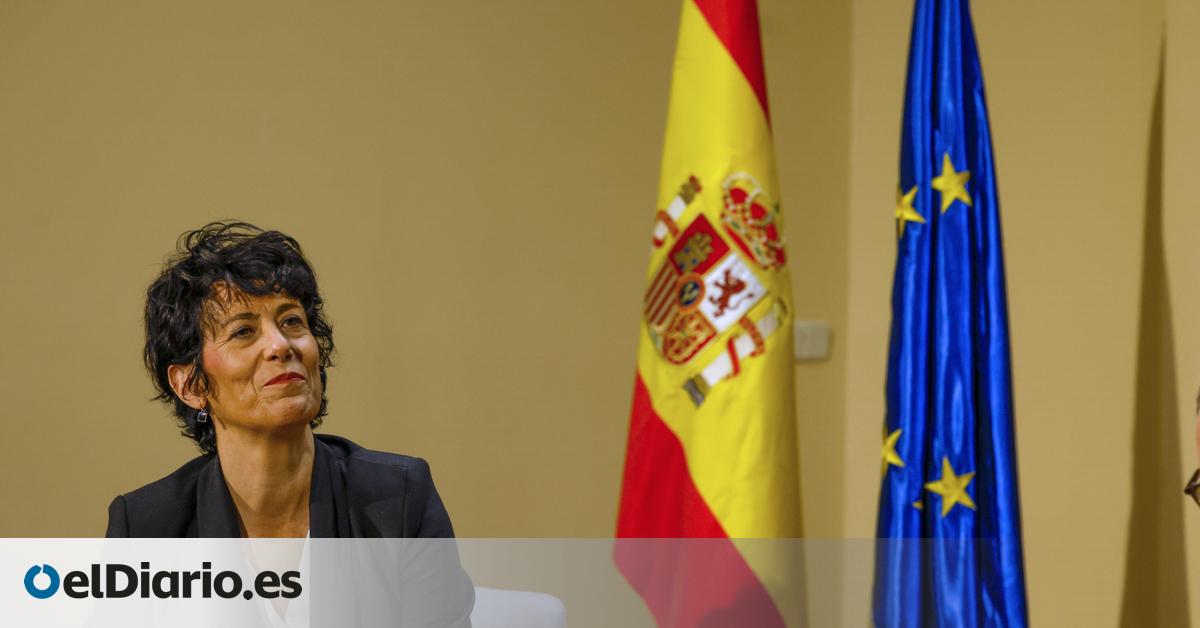
This Monday, the Ministry of Social Security has transferred its proposal to reform the contribution of the self-employed to the social dialogue and self-employed groups, where unions, employers’ organizations and representatives of self-employed workers have participated. During the meeting, the department headed by Elma Saiz proposed contributions in sections for the period 2026-2028, “with the aim of progressively equalizing” the contributions of this last group with employees with similar incomes “to guarantee fair treatment,” ministerial sources point out.
The Government’s proposal involves a new scheme in sections, in which each level must face a different monthly payment, depending on their income. According to this plan, the Minimum Interprofessional Wage (SMI) will mark the minimum contribution base for 2031, when the transition to the new system is completed. “The proposal ensures that no one contributes below what they really earn to prevent them from later having benefits that are much lower than those received by an employed worker,” indicate Social Security sources.
According to the ministry’s calculations, almost 1.4 million self-employed workers, 40%, would be in the three lowest brackets of the contribution table, below 1,166 euros per month. Their fee for 2016 would be between 217 and 271 euros, an amount “lower than the minimum in 2022, which was 294 euros,” they explain.
On the other side of the table, 15% of the self-employed, some 570,000 people, would be in the contribution brackets above 3,620 euros. “In these sections the increase in fees is more notable, taking into account the amount of their contribution base,” indicate these sources, who estimate the fee to be paid between 592 and 796 euros. This increase has an impact on benefits for cessation of activity or for the birth of minors. In 2022, with a minimum contribution of 960 euros, the benefits were 672 and 960 euros, respectively, compared to the 1,355 and 1,937 offered by this model.
By 2027, the monthly fee in the first section of the reduced table, below 670 euros, would rise to 234.73 euros and in 2028 it would rise to 252.10 euros. For self-employed workers on a minimum basis with net income of between 670 and 900 euros per month, the monthly fee would rise from the current 220 euros to 234.85 euros in 2026; to 249.70 euros in 2027 and 264.56 euros in 2028. The proposal for net returns greater than 900 euros and up to 1,166.70 euros would involve raising the current quota from 260 euros to 271.24 in 2026; to 282.47 euros in 2027 and to 293.71 euros in 2028.
In the general table, which starts from net returns of more than 1,166.7 euros per month and consists of 12 tranches, the installments if quoted on a minimum basis would range from 302 euros per month in the first tranche (net returns of between 1,166.7 and 1,300 euros per month) to 796.24 euros in the twelfth tranche (income greater than 6,000 euros), in contrast to the 291 and the 590 euros, respectively, that the self-employed now pay.
For 2027, the contributions in these 12 sections of the general table if quoted for the minimum base would range between 313 and 1,002.49 euros, while for 2028 they would range from 324.01 to 1,208.73 euros per month, according to the proposal delivered today by the Ministry to self-employed organizations and unions.
The Department headed by Elma Saiz proposes that the minimum bases and associated quotas follow the same linear evolution between 2028 and 2031.
The proposal has been received unevenly among the representatives of the self-employed. While the president of ATA, Lorenzo Amor, has defined it as a “new sword”, the president of UPTA, Eduardo Abad, has indicated that the new table of sections is quite similar to the one agreed in 2022 between unions, employers and the Government, although he has indicated that they would make “observations”.
Source: www.eldiario.es

